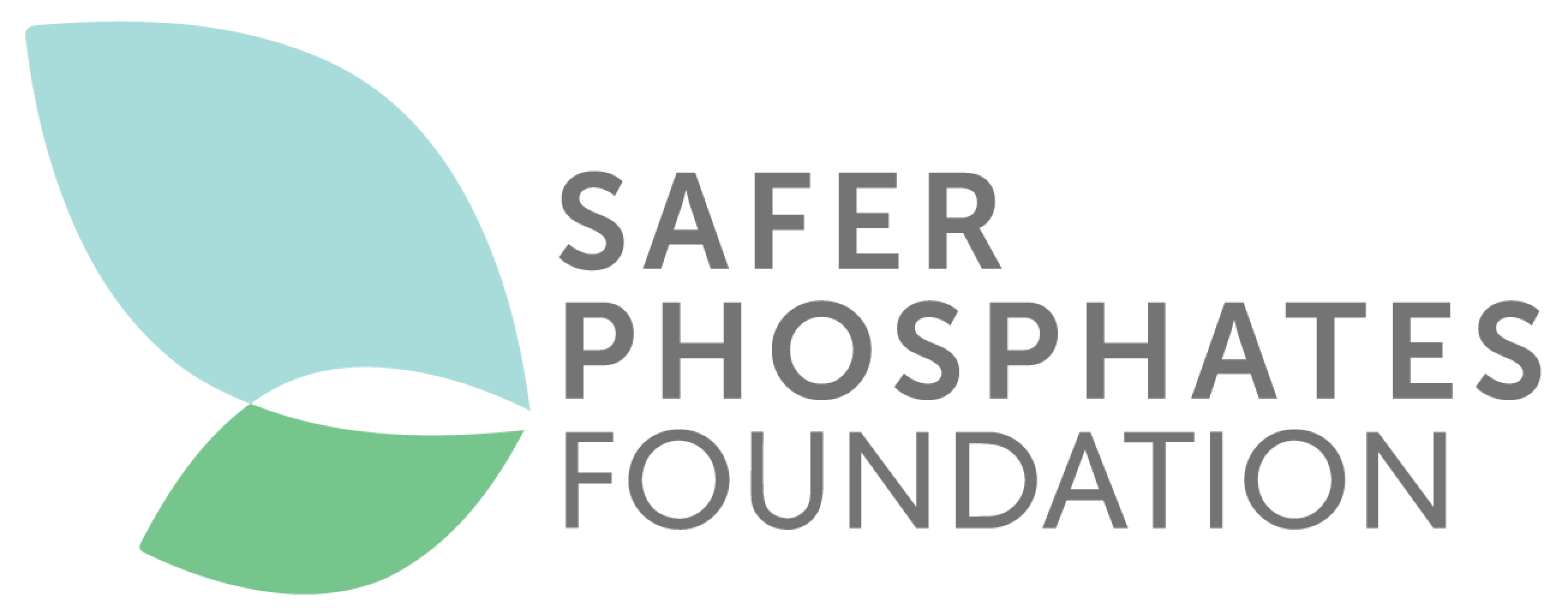A peer-reviewed study recently published in Discover Food by researchers from the Indian Institute of Food Technology (NIFTEM-T) evaluates how different food processing methods can reduce heavy metal contamination. The review compares both traditional and novel approaches for removing cadmium, lead, mercury and arsenic: metals known for their toxicity and accumulation in the human body.
)
Traditional methods such as peeling, washing, blanching and boiling remain widely used and effective at reducing surface-level contamination in vegetables, mushrooms and seafood. For example, soaking spinach in citric acid reduced cadmium by up to 96%. However, these low-cost interventions often come with trade-offs, including nutrient loss and changes in colour or texture.
In contrast, novel processing techniques, particularly nonthermal technologies, are more effective at targeting contamination while better preserving food quality. High-pressure processing (HPP), which applies intense pressure to sealed food products, significantly reduced arsenic, lead and cadmium levels in seaweed and rice while preserving texture and nutritional value. Cold plasma treatment, which uses reactive gas to break down toxic compounds, has shown promising results in both direct food application and seed pre-treatment, lowering the uptake of metals during cultivation.
Microwave and infrared heating techniques can enhance leaching of metals through targeted heat and redox reactions, but their effectiveness depends heavily on exposure time and product type. Ultrasound processing facilitates cavitation that loosens metal ions from food matrices, while pulsed electric fields (PEF) can disrupt cell structures and promote metal release. Overall, these emerging methods offer adaptable and scalable alternatives, particularly when combined with traditional steps in hybrid approaches.
The study also highlights the strong potential of biological methods. Probiotic strains such as Lactobacillus plantarum effectively removed toxic metals via biosorption and chelation, reducing cadmium and mercury in fermented foods by more than 80 percent. These approaches may offer safe and sustainable options, particularly for dairy, fermented grains and seaweed.
The authors stress that no single method can address all food safety concerns related to heavy metals. Instead, they advocate for tailored applications based on the specific food product and type of contamination. Combining physical and biological techniques may offer the most balanced and effective outcomes.
More information is available at:
Saravanan, S.B., Ukkunda, N.S., Negi, A. et al. Impact of processing techniques on reduction of heavy metal contamination in foods. Discov Food 5, 123 (2025) - Link

